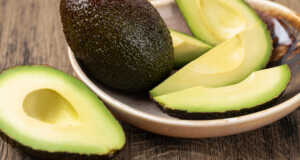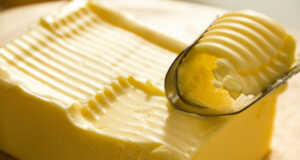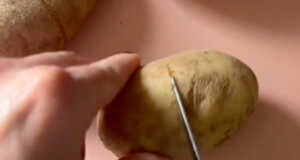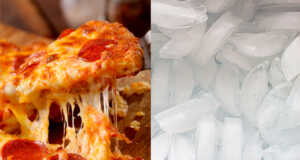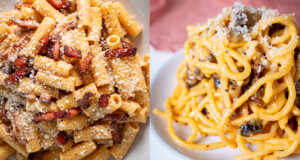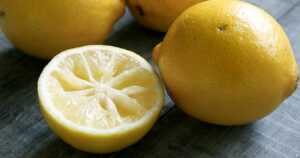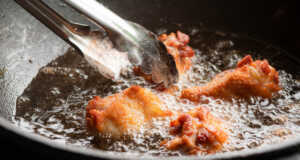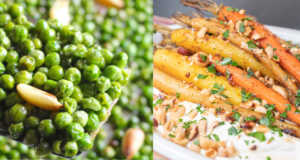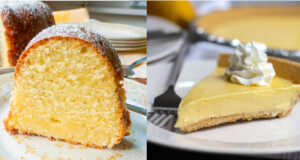Is rinsing rice really necessary? Rice is a universal culinary staple but it is not universally prepped the same way. So can you bypass this extra step or will you be left with a pot full of lumpy kitchen failures?

Rinsing rice really boils down to what you’re making. Different dishes require different preparations. Rice as is, has a fine coating of starch on the outside of each grain, and rinsing the rice removes this extra starch. Sometimes the outermost layer still has a bit of bran on it which can add an unpleasant dirty taste.
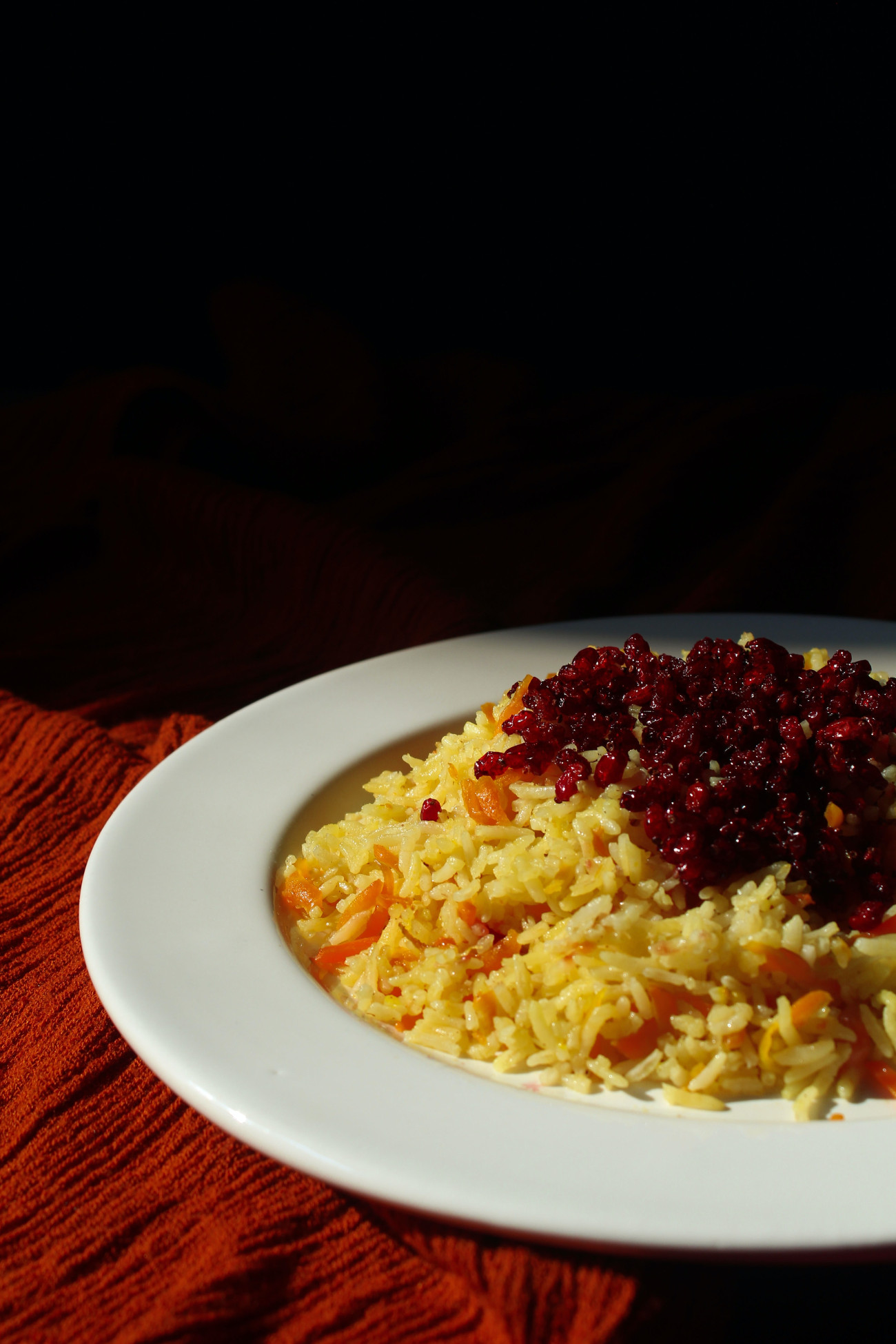
Once the outer film is removed the rice has a lighter fluffy texture, perfect for classic dishes like rice pilaf or sushi. In these dishes the rice grains aren’t clumped together and make for a more textured dish.
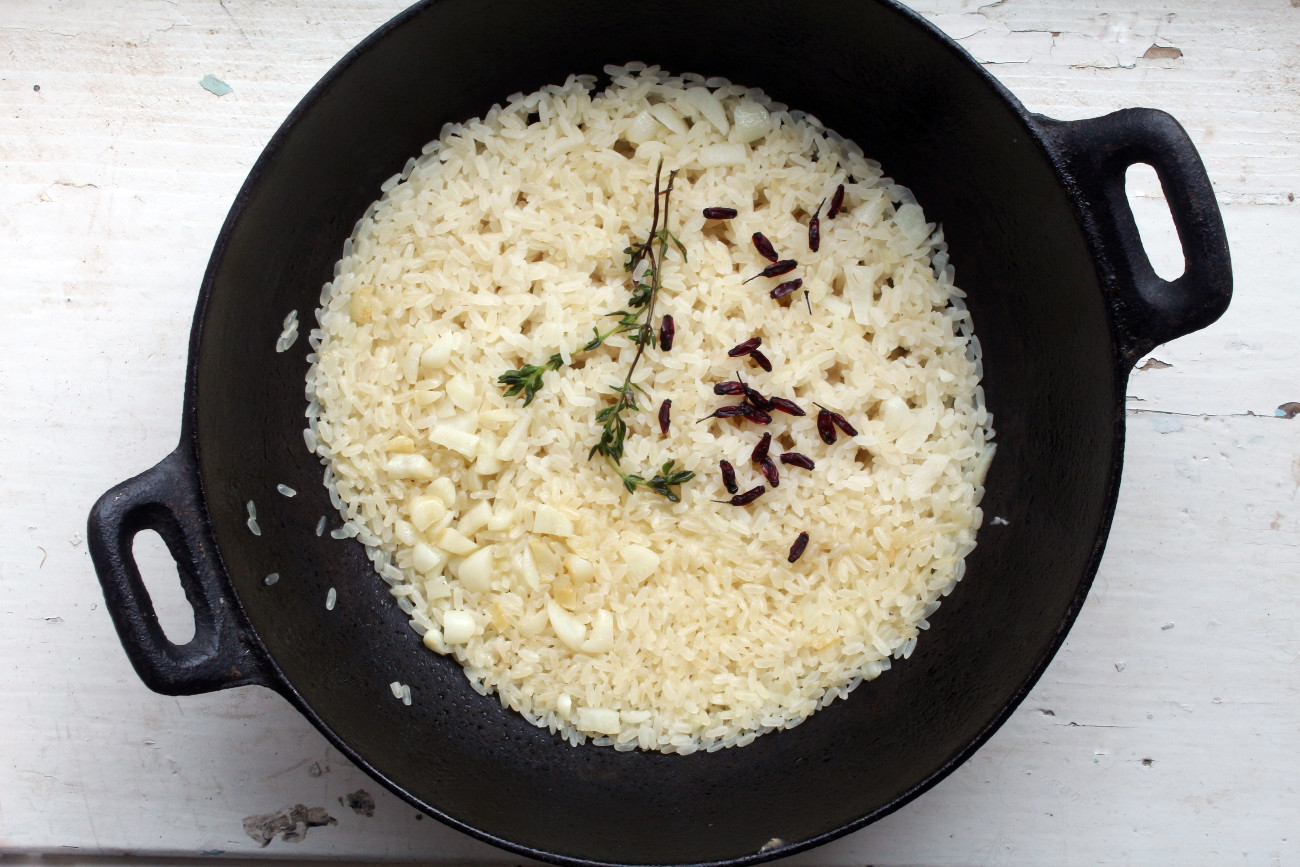
However there are times you want to keep that starch. Rice dishes like risotto or rice puddings need a creamy texture. That rice starch adds thickness to the recipes and provides a smooth consistency without a lot of extra thickeners.
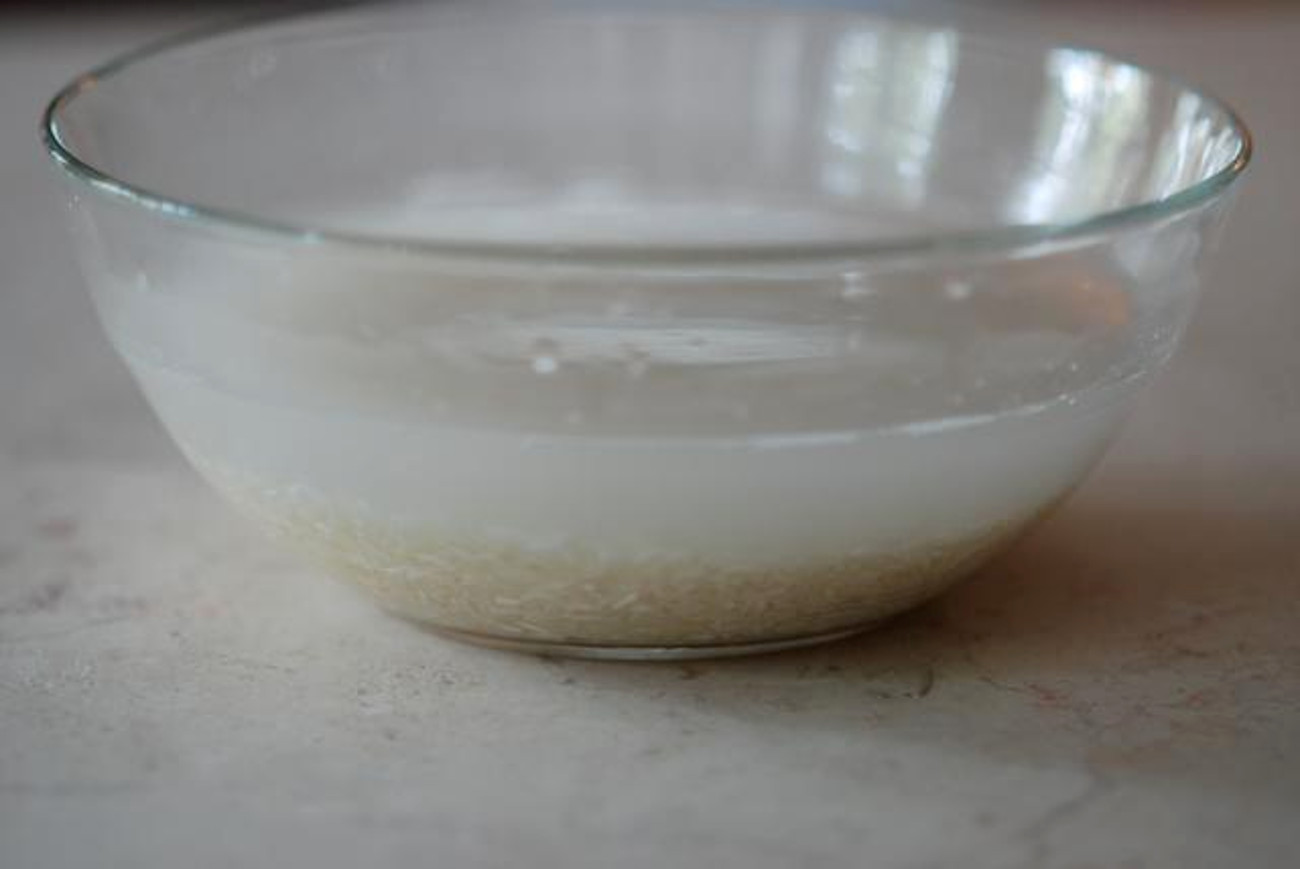
There are some rices that, when rinsed don’t have a change in textural properties. For example sticky rice has a high amount of amylopectin, so even if it’s rinsed it will still be sticky and clump together. What it boils down to is this: don’t rinse for creamy dishes, do rinse for textured non-creamy dishes.
So if you need to wash rice, know that even after you rinse, the water will still be a little cloudy, so don’t worry you’re doing it right!
